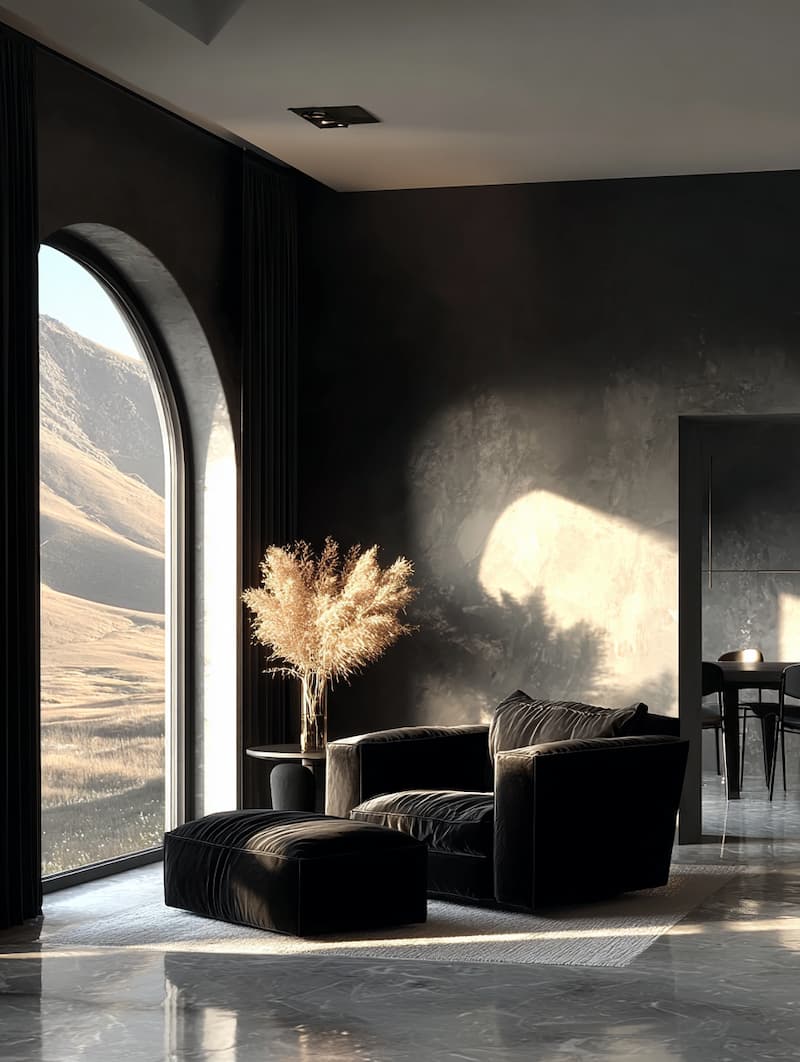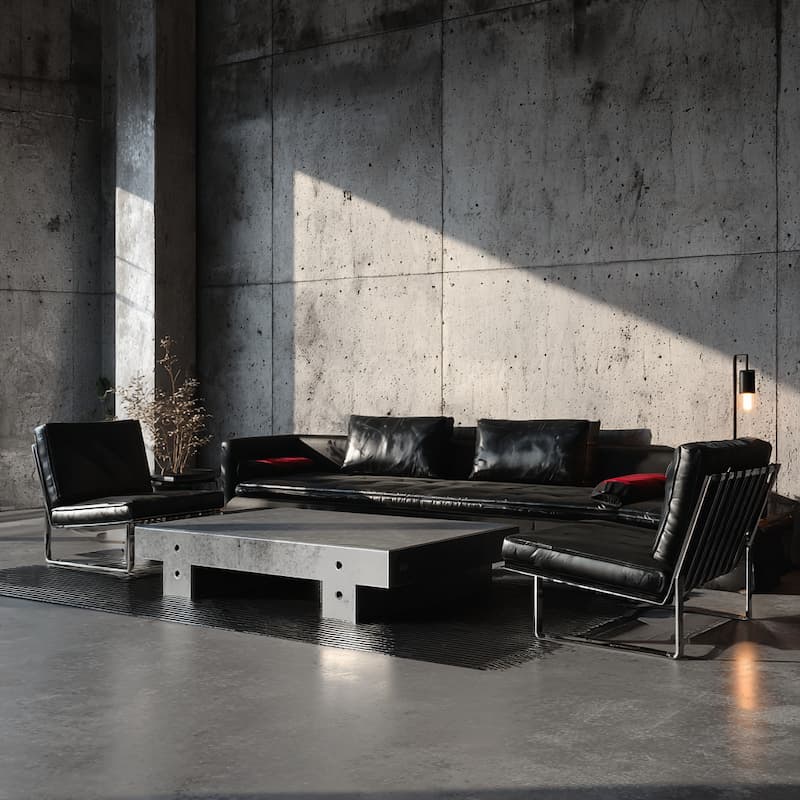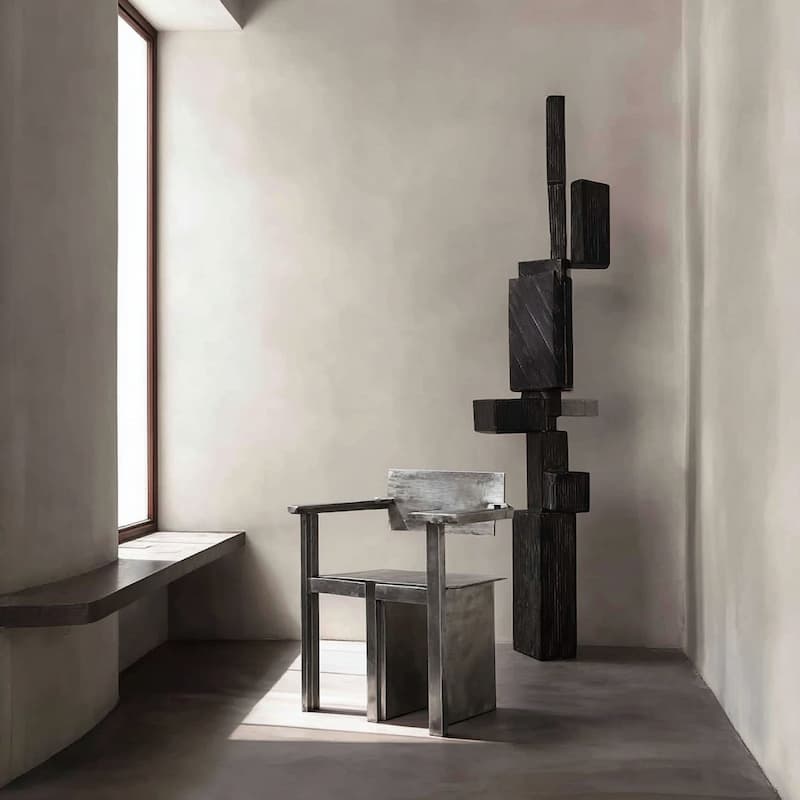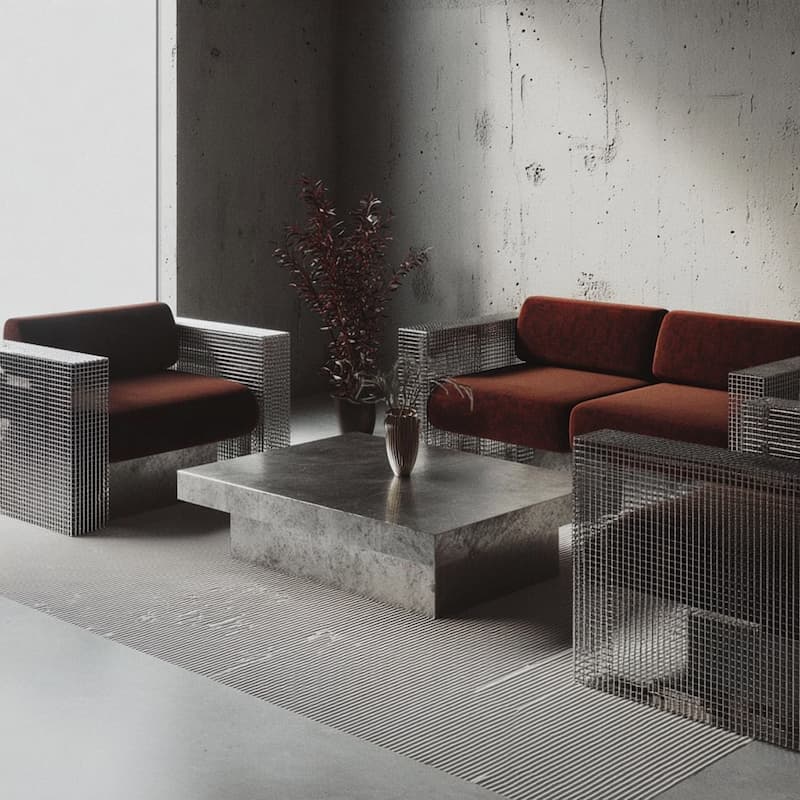Visual Editor for React & TailwindCSS Apps
The React Editor You've Been Waiting For
Code as you design. Build React applications visually while Onlook writes reliable code you can trust, exactly where it needs to go.
Villainterest - Product Notes

Minimalist Interior with Dramatic Lighting

Black Leather Bar Stool with Brass Accents

Spikey Ceramic Iron Metal Sculpture

Black Bar Stool Silhouette Design

Ceramic Brutalist Objects with Spikes

Brutalist Dark Glass Vase Sculpture

Golden Muted Interior with Sharp Lines

Contemporary Brutalist Interior Design

Minimalist Zig-Zag Chair Design

Minimalist Metallic Sheer Design

Lounge Chair Against Clean Wall

Metallic Chair with Brutalist Design

Living Room with Metal Furniture Design
.jpg)
Metallic Brushed Metal Chair Design

Black Leather Furniture Design

Minimalist Interior with Dramatic Lighting

Black Leather Bar Stool with Brass Accents

Black Bar Stool Silhouette Design

Ceramic Brutalist Objects with Spikes

Brutalist Dark Glass Vase Sculpture

Golden Muted Interior with Sharp Lines

Contemporary Brutalist Interior Design

Minimalist Zig-Zag Chair Design

Minimalist Metallic Sheer Design

Lounge Chair Against Clean Wall

Spikey Ceramic Iron Metal Sculpture

Metallic Chair with Brutalist Design

Living Room with Metal Furniture Design
.jpg)
Metallic Brushed Metal Chair Design

Layers
Brand
Pages
Assets
Elements
Apps
Villainterest - Product Notes

Minimalist Interior with Dramatic Lighting

Black Leather Bar Stool with Brass Accents

Spikey Ceramic Iron Metal Sculpture

Black Bar Stool Silhouette Design

Ceramic Brutalist Objects with Spikes

Brutalist Dark Glass Vase Sculpture

Golden Muted Interior with Sharp Lines

Contemporary Brutalist Interior Design

Minimalist Zig-Zag Chair Design

Minimalist Metallic Sheer Design

Lounge Chair Against Clean Wall

Metallic Chair with Brutalist Design

Living Room with Metal Furniture Design
.jpg)
Metallic Brushed Metal Chair Design

Black Leather Furniture Design

Minimalist Interior with Dramatic Lighting

Black Leather Bar Stool with Brass Accents

Black Bar Stool Silhouette Design

Ceramic Brutalist Objects with Spikes

Brutalist Dark Glass Vase Sculpture

Golden Muted Interior with Sharp Lines

Contemporary Brutalist Interior Design

Minimalist Zig-Zag Chair Design

Minimalist Metallic Sheer Design

Lounge Chair Against Clean Wall

Spikey Ceramic Iron Metal Sculpture

Metallic Chair with Brutalist Design

Living Room with Metal Furniture Design
.jpg)
Metallic Brushed Metal Chair Design

Layers
Brand
Pages
Assets
Elements
Apps
Design with AI on an infinite canvas
Craft, preview, and iterate with AI to ship better websites and prototypes faster than ever.
Villainterest - Product Notes

Minimalist Interior with Dramatic Lighting

Black Leather Bar Stool with Brass Accents

Spikey Ceramic Iron Metal Sculpture

Black Bar Stool Silhouette Design

Ceramic Brutalist Objects with Spikes

Brutalist Dark Glass Vase Sculpture

Golden Muted Interior with Sharp Lines

Contemporary Brutalist Interior Design

Minimalist Zig-Zag Chair Design

Minimalist Metallic Sheer Design

Lounge Chair Against Clean Wall

Metallic Chair with Brutalist Design

Living Room with Metal Furniture Design
.jpg)
Metallic Brushed Metal Chair Design

Black Leather Furniture Design

Minimalist Interior with Dramatic Lighting

Black Leather Bar Stool with Brass Accents

Black Bar Stool Silhouette Design

Ceramic Brutalist Objects with Spikes

Brutalist Dark Glass Vase Sculpture

Golden Muted Interior with Sharp Lines

Contemporary Brutalist Interior Design

Minimalist Zig-Zag Chair Design

Minimalist Metallic Sheer Design

Lounge Chair Against Clean Wall

Spikey Ceramic Iron Metal Sculpture

Metallic Chair with Brutalist Design

Living Room with Metal Furniture Design
.jpg)
Metallic Brushed Metal Chair Design

Layers
Brand
Pages
Assets
Elements
Apps
Native design tool features that work 1:1 with code.
A true developer tool for designers, helping you code without knowing anything about code.
AI-Powered Visual Builder
AI for UI design
Prompt Onlook's AI to build, design, and experiment with your ideas. Go beyond pretty pixels and make your frontend interactive. The AI understands your React components and Tailwind patterns, generating code that fits your project's architecture.
React Visual Editor
Build Your App Visually
Edit React components directly in the browser. Drag, drop, and style elements visually while Onlook updates your actual code files in real-time. Your existing build process stays intact. Onlook works with your setup, not against it.
Tailwind CSS Visual Editor
Style Without Writing CSS
Adjust layouts, change colors, modify text, and more. Onlook generates clean Tailwind classes that match your design decisions.
Complete React Visual Builder
All the Features you need to Build and Scale
Get the best of visual design with developer-grade features. Build complex React applications visually while maintaining full control over your code, components, and architecture – No refactoring required.
Component Library
Unified components for design and code
Create reusable components that work across your project. Build once, use everywhere. Components maintain their style and behavior while giving you control of content.
Theming & Branding
Centralized Design & Style Management
Manage color palettes, typography scales, and design tokens through a centralized system. Define your design language once, apply it consistently across your project.
Layer Management
Precise control over every element
Navigate your React component tree through a visual layer panel. Select, organize, and control components with precision. No more hunting through JSX to find the element you want to edit.
Version History
Auto save, history and version control
Roll-back anytime! Onlook automatically saves project snapshots so you can experiment with confidence.
React Templates
Bring your own projects into Onlook or start fresh
Onlook works with any React next.js website styled with Tailwind. Import your existing codebase and start editing visually, or begin with a new project.
Open Source
Built with the Community
Browse our GitHub repo to understand how Onlook works, contribute improvements, or customize it for your team's needs.
Start building
with Onlook today
Cancel anytime.
Frequently
asked questions
Onlook is an open-source, visual editor for websites. It allows anyone to create and style their own websites without any coding knowledge.
Onlook is great for creating websites, prototypes, user interfaces, and designs. Whether you need a quick mockup or a full-fledged website, ask Onlook to craft it for you.
Getting started with Onlook is easy. Simply sign up for an account, create a new project, and follow our step-by-step guide to deploy your first application.
Onlook is free for your first prompt, but you are limited by the number of messages you can send. Please see our Pricing page for more details.
Onlook is a visual editor for code. It allows you to create and style your own creations with code as the source of truth. While it is best suited for creating websites, it can be used for anything visual – presentations, mockups, and more. Because Onlook uses code as the source of truth, the types of designs you can create are unconstrained by Onlook interface.
Developers have historically been second-rate citizens in the design process. Onlook was founded to bridge the divide between design and development, and we wanted to make developers first-class citizens alongside designers. We chose to be open-source to give developers transparency into how we are building Onlook and how the work created through Onlook will complement the work of developers.